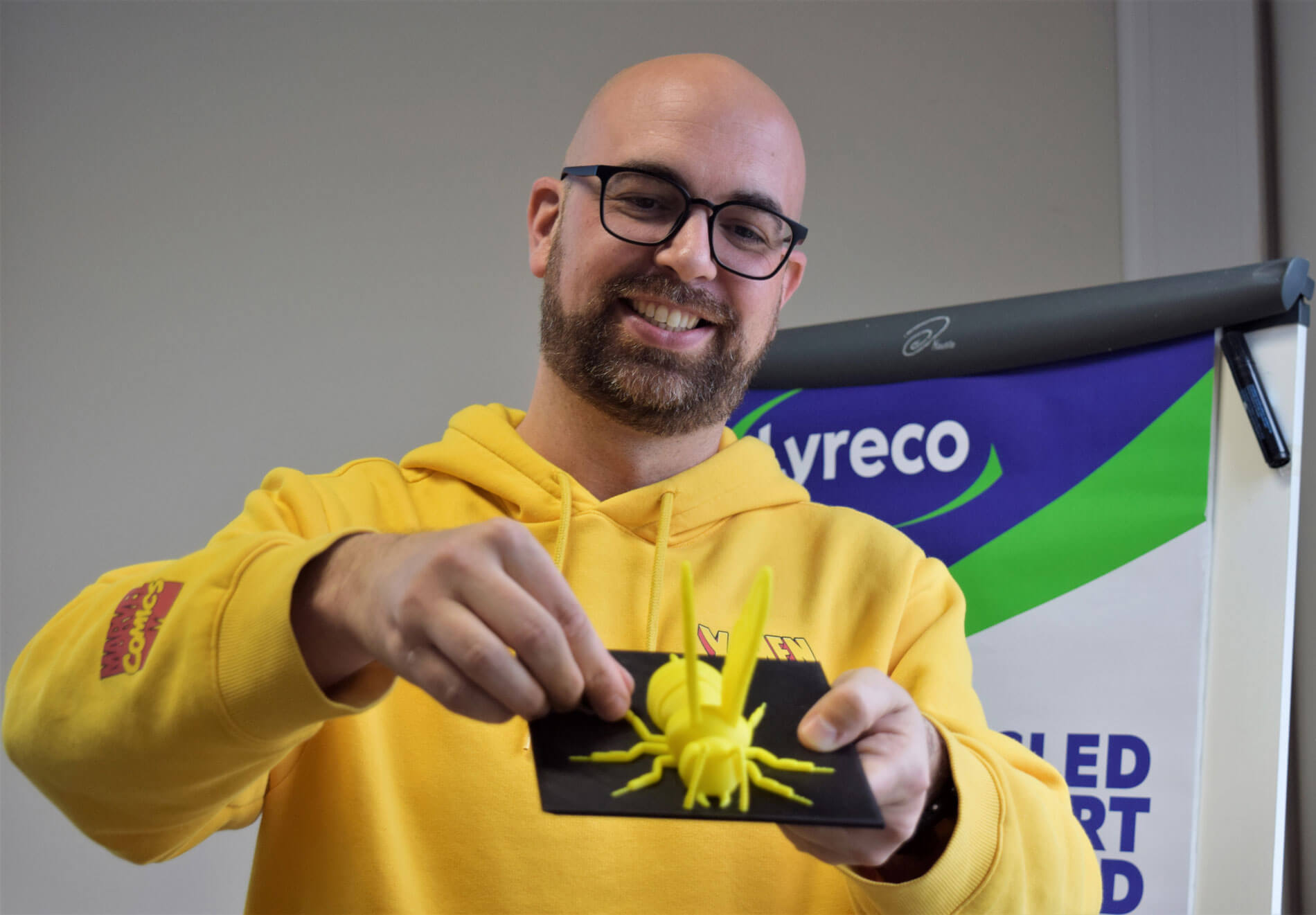Vision impairment education experts from Germany, Holland and Spain recently visited the Royal Blind School in Edinburgh to create a catalogue of objects that can be 3D printed.
The 3D-printing project, which began in 2020, will create objects that are specially designed for learners with vision impairment. The database of designs will be shared on a website with vision impairment professionals across the world.
Lauren Lockhart, the Royal Blind School’s Depute Head Teacher, explains: “We’ve come up with 25 objects that are specially designed for learners with vision impairment. Being able to touch and feel a 3D model helps a learner with vision impairment to understand an object and fill in those conceptual gaps. This is part of the future of vision impairment education, we are at the forefront of this, which is very exciting.
“We’ve focused on objects that someone who has been blind from birth might never be able to touch; objects that are too large, too small, too dangerous or too fragile for someone to handle. For example, a monument like the Arc De Triomph is too large. A microorganism or a human cell is too small, a porcupine or a snake is too dangerous, and an object like a human body organ – a heart or a lung air sac – is too fragile to handle.
“The idea is any vision impairment professional can go to the website and use a 3D printer to print the object directly from there. They don’t have to do any designing because we’ve already done that work. All the designs are being tested with learners with vision impairment.”

The European partners on the 3D4VIP project include two schools in Germany, a Dutch vision impairment organisation, and a Spanish vision impairment organisation. Representatives from these schools are working at the Royal Blind School in Morningside on Wednesday 29 March and Thursday 30 March.
The website of 3D-printable designs will be launched at the project’s final meeting in Holland in June 2023.
Lauren adds: “We’ve done lots of EU-funded projects in the past and have been part of a huge network of vision impairment professionals. This project has been hugely beneficial for everyone because although we’re working in such a specialist area, we can draw on the expertise of other organisations.
“The website will also have advice on how to 3D print, and how to present a 3D-printed object to a learner with vision impairment. For example, one hand should be at the base of the object as a reference point, while the other hand explores the object. That gives the learner dual feedback because they’re using both hands.”
The Royal Blind School is a specialist education school run by Sight Scotland, Scotland’s largest visual impairment charity.
For more information please visit https://sightscotland.org.uk



